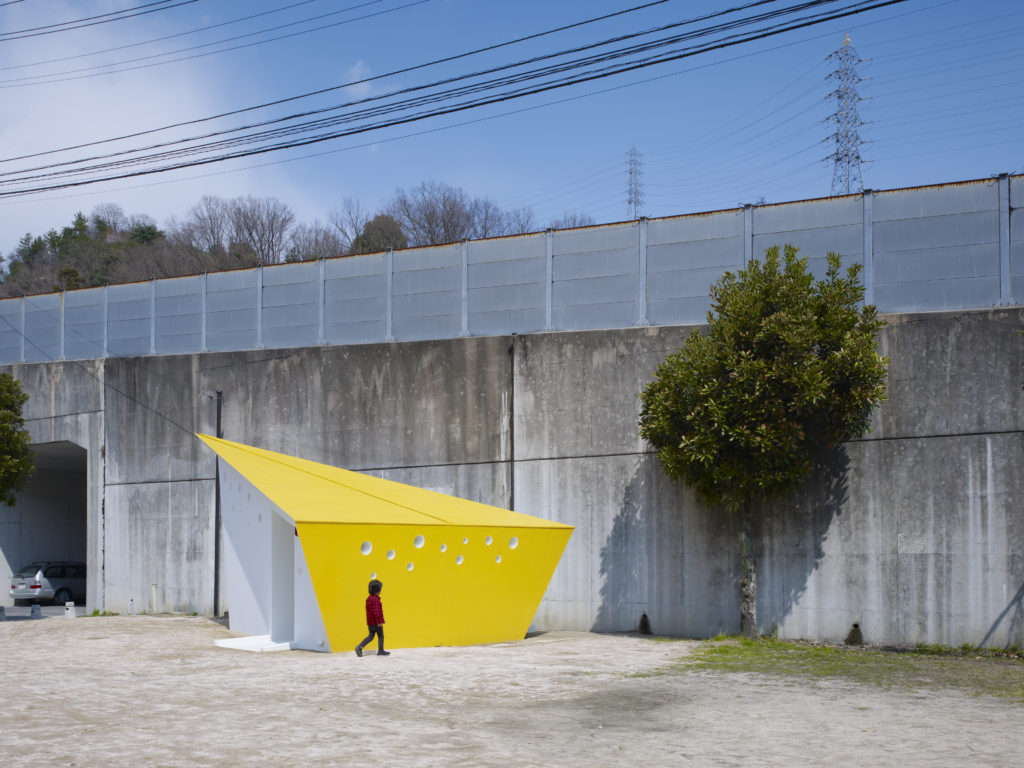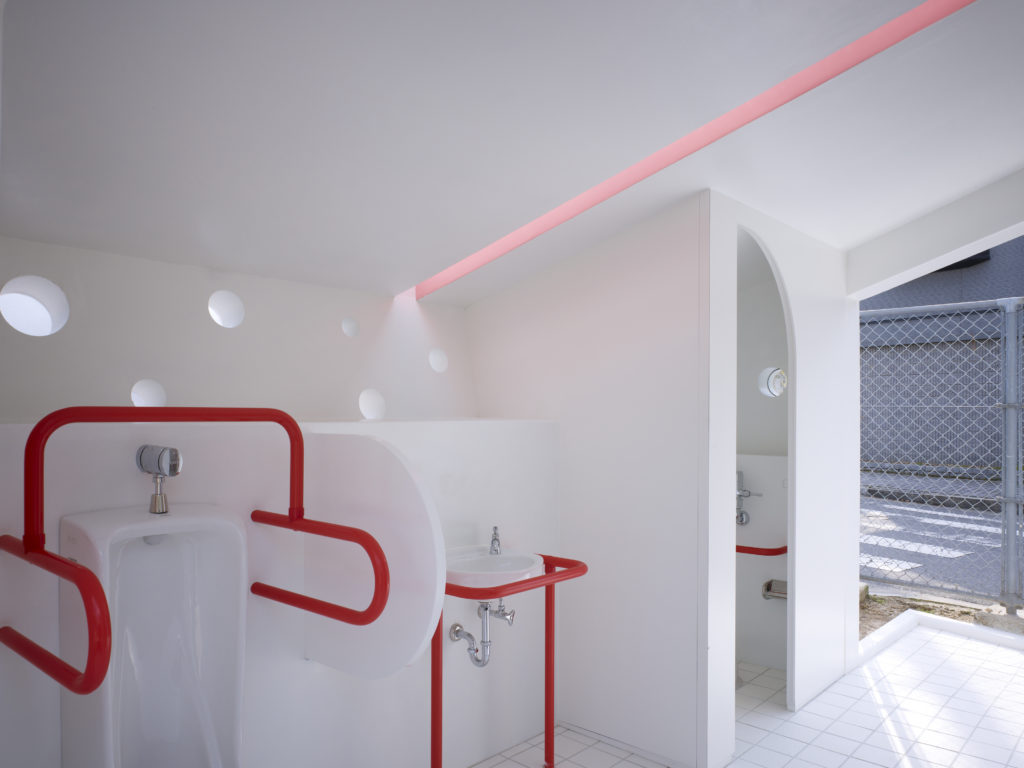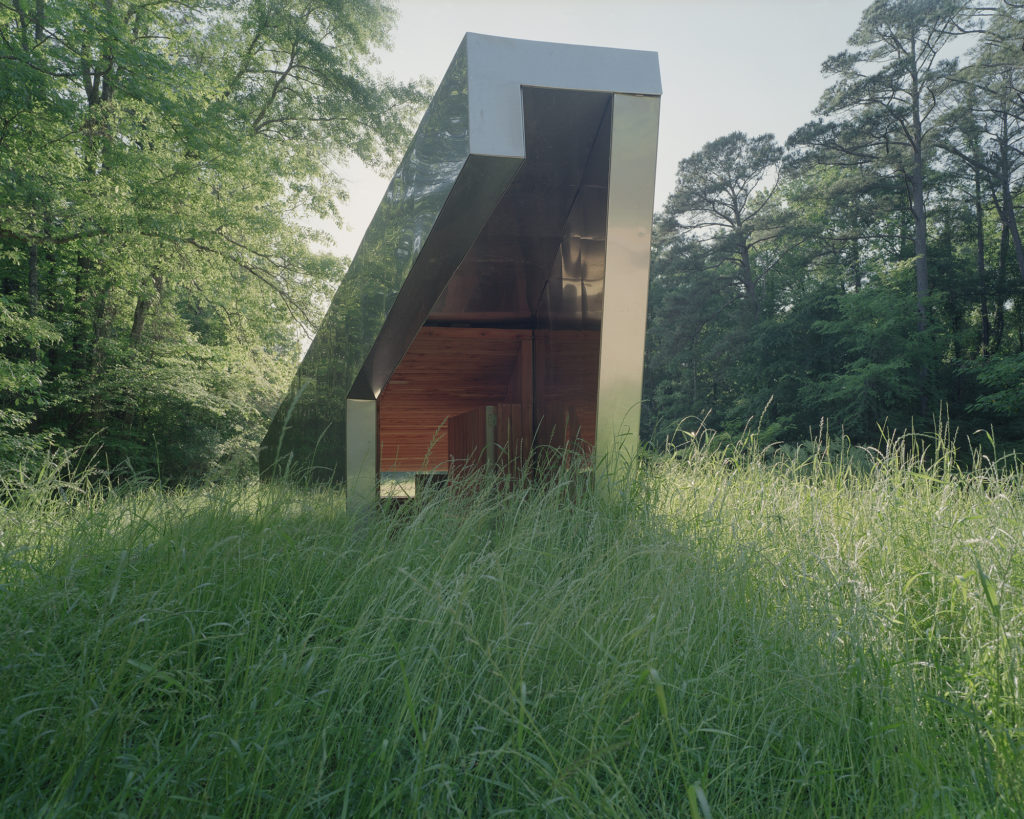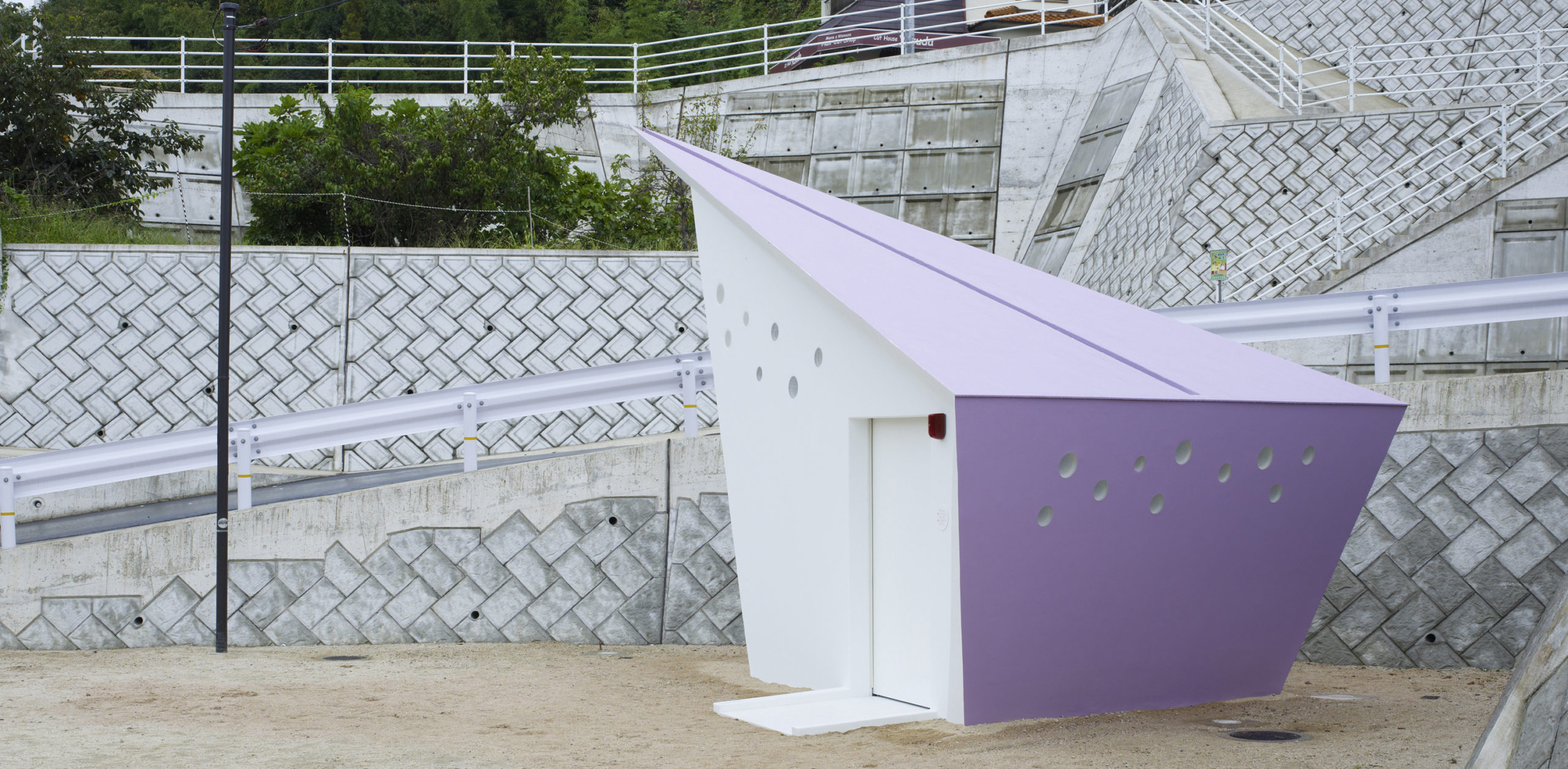Architects: Showcase your next project through Architizer and sign up for our inspirational newsletter.
Desperately punching in the code at Starbucks has become the accepted mode of accessing a bathroom in American cities, but it does not have to be this way. With proper funding, attractive and clean public restrooms can be built and maintained as a central part of societal infrastructure. In spite of their frequent portrayal as ugly and unhygienic, public bathrooms play a critical role in creating accessible cities. In particular, for the elderly, people with gastrointestinal disorders, and the homeless, public bathrooms are essential. Outside of the United States, examples of well-designed facilities abound. Rather than being flawed as a typology, the ills we commonly associate with them result from inadequate funding, deferred maintenance, and lack of renovation.

Hiroshima Park Restrooms by FUTURE STUDIO, Hiroshima, Japan
The idea of public toilets is not new — over a millennium ago, communal toilets were a hallmark of Roman urbanism. In the 1920s and 30s, architects of the Amsterdam School built public urinals in the expressionist style that complemented the surrounding city. Today, cities across the globe apply a variety of approaches: small self-cleaning public toilets, urinals in plant boxes, and more conventional brick and mortar facilities. Toilets may require a small fee or be free. While Paris and Tokyo have legions of well-designed loos, American cities have been slow to catch up, despite creative approaches such as The Portland Loo and the luxurious Byrant Park Bathrooms in Manhattan.
In spite of their less-than-stellar reputation, public toilets play a key role in making urban space inclusive and healthy. According to the Crohn’s and Colitis Foundation, “People living with Crohn’s disease or ulcerative colitis often suffer from debilitating urgency to use a restroom immediately.” Homeless populations may have no other options available. Many elderly people do not leave home for fear of being stranded without access, a problem especially acute for seniors with dementia or incontinence. And for everyone else, having to go shouldn’t necessitate a store purchase in the hope of finding facilities. Not to mention the benefits to new families of providing spaces for the changing and proper disposal of diapers.

Restroom in Yawatahama Roadside Station by bUd Atelier, Ehime, Japan
More broadly, the debate around public restrooms speaks to the type of society we want to live in. Public restrooms are municipal services that provide dignity and fulfill a basic human function. Too often, the discourse around public bathrooms is couched in thinly veiled classism and NIMBYism that prevents the construction of desperately needed facilities. Failure to address this issue has led to a particularly dire situation in New York. According to an Urban Design Forum report analyzing public bathrooms in New York City, in spite of 378,655 complaints of public urination over a decade, there are only four 24/7 public restrooms. In the wealthiest country in the world, no one should have to shit on the streets.

Hiroshima Park Restrooms by FUTURE STUDIO, Hiroshima, Japan
Japan is a world leader in contemporary public restroom design. The city of Hiroshima’s campaign to build restrooms in public parks provides an example of how other cities across the globe could easily build attractive and affordable facilities. One of the most distinctive designs over the multi-year expansion was the idea of FUTURE STUDIO. In five parks, the studio’s triangular bathrooms are painted in bright colors. Small cutouts let light into the interior without compromising privacy. Inside, there are similarly energetic colors on handrails by the sinks and toilets. The bathrooms are well-lit, properly ventilated, and distinctive. Far from marring the landscape, the bathrooms are a positive addition both formally and functionally.

Clover Park Restroom Replacement Project by DNA Architecture + Design, Inc, Santa Monica, CA
While the demand for public bathrooms is most pressing in cities, it is not exclusively an urban issue. Designing public toilets with a minimal environmental impact is important for national and state parks. Students at Auburn University’s Rural Studio designed wooden public facilities for a former CCC camp. Each restroom was given a distinctive feature, the most prominent of which is a 50 ft. tall oculus-like opening. The potential of public bathrooms was captured when the facility was recognized as one of America’s top bathrooms by Travel+Leisure. Access is important because it enables the entire public to enjoy community spaces more fully and without worry. In areas where there are no restrooms, populations that require quick access may not be able to join in activities.

Perry Lakes Park Restrooms by Auburn University Rural Studio, Marion, AL
As Americans discuss ways to bolster the country’s infrastructure, public bathrooms should be part of the equation. It’s time to build free, accessible, and attractive facilities across the country that help to construct cities that meet the needs of their residents and visitors. Through facilities that enable greater social participation, we can strengthen the fabric of our cities for a more inclusive and resilient future.
Architects: Showcase your next project through Architizer and sign up for our inspirational newsletter.






 Clover Park Restroom Replacement Project
Clover Park Restroom Replacement Project  Hiroshima Park Restrooms
Hiroshima Park Restrooms  Perry Lakes Park Restrooms
Perry Lakes Park Restrooms  Restroom in Yawatahama Roadside Station
Restroom in Yawatahama Roadside Station 


